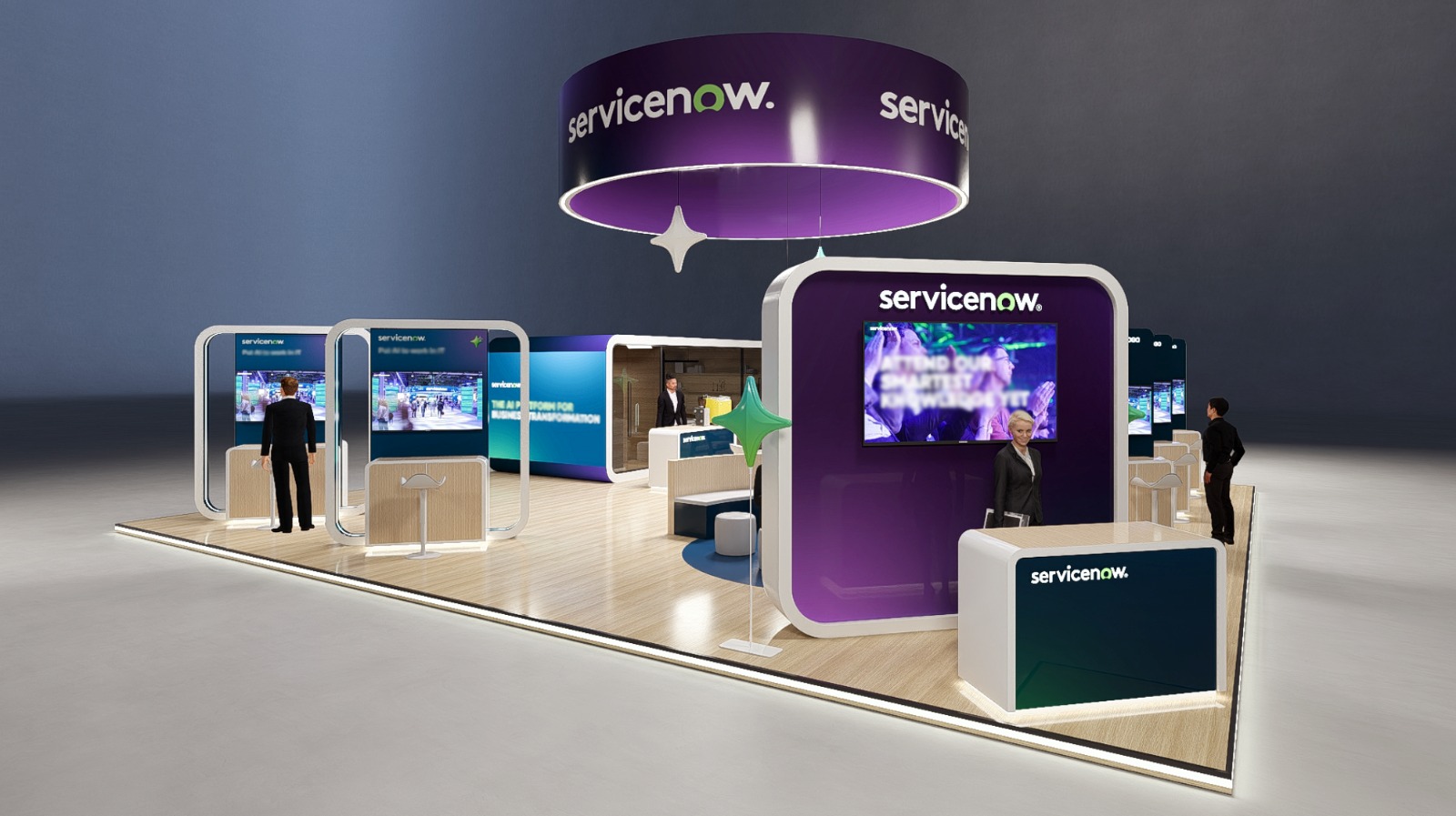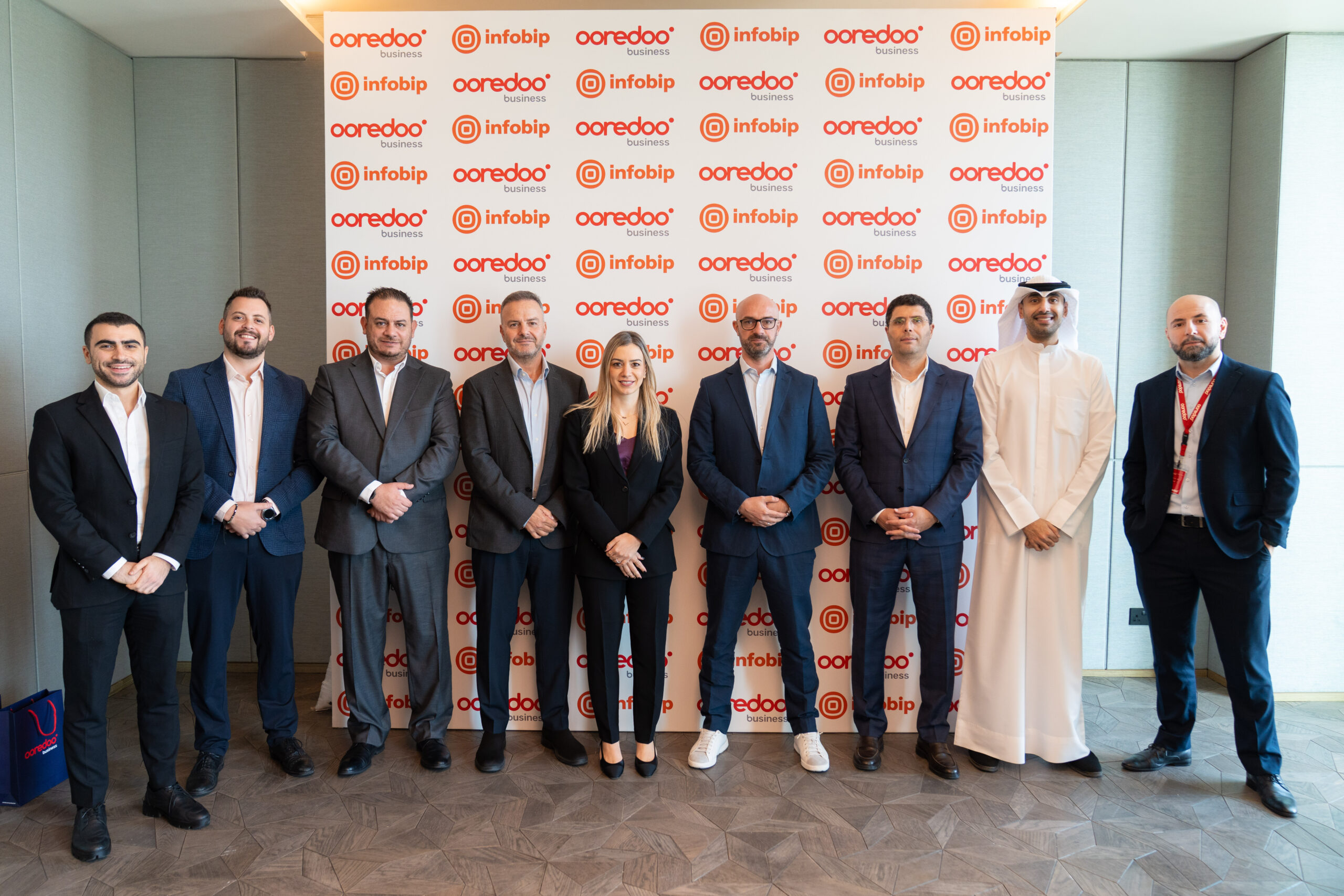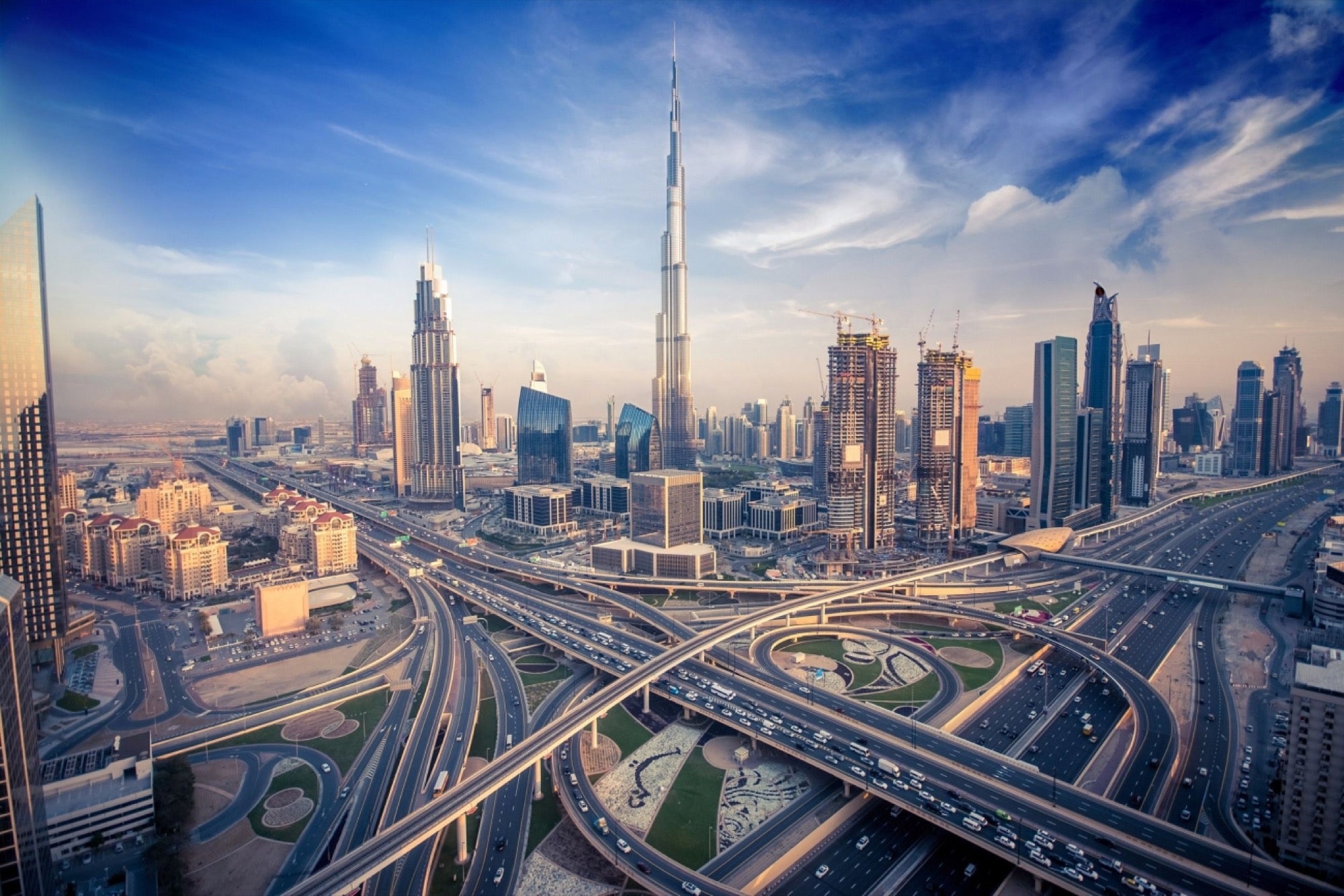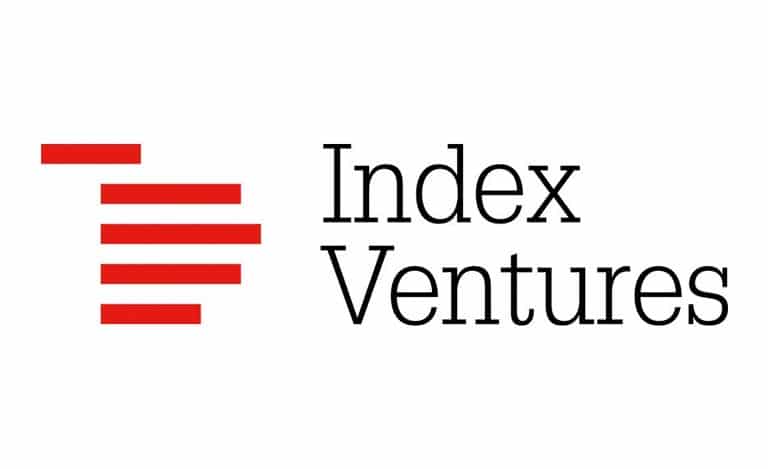The Gulf region is undergoing a profound transformation. From Saudi Arabia’s NEOM to the UAE’s Expo City Dubai and Masdar City, the GCC is setting a global benchmark for smart urban development. These projects are not just about futuristic skylines or zero-carbon goals; they reflect national visions aiming to future-proof economies and societies. But amidst the excitement around these smart cities, a crucial question arises: are our construction sites prepared to deliver on these high-tech promises?
by Ibrahim Imam, CEO and Co-founder of PlanRadar
The promise of smart cities goes hand in hand with digital infrastructure, yet the foundational stage—construction—often lags in digital maturity. A disconnect between the tech-savvy ambitions of smart city masterplans and traditional construction methods on the ground can lead to missed timelines, budget overruns, and compromised quality. Ensuring that construction stakeholders across the GCC are digitally ready is no longer optional—it’s an operational imperative.
Digital Infrastructure on Site: Progress and Pitfalls
GCC governments are actively building frameworks that support smart construction. According to Boston Consulting Group (2023), 47% of surveyed companies in the GCC are deploying AI in some form, while 25% have reached advanced digital maturity. This is promising progress, but site-level implementation remains uneven.
MEED Intelligence reports that over 60% of construction firms in the GCC intend to increase their investment in digital tools by 2025, particularly in cloud platforms, mobile reporting, and quality assurance technologies. While these figures reflect growing interest, the actual application of digital tools on construction sites—from defect tracking and progress updates to real-time collaboration—is still catching up to strategic intent.
Mega-projects like NEOM, which integrates AI in urban planning and logistics, are pushing the envelope. Masdar City uses real-time sensor networks for environmental monitoring and smart resource management. However, the success of such smart ecosystems depends on field-level readiness—which often hinges on how effectively digital tools are adopted on-site.
Bridging the Digital Adoption Gap
Construction technology platforms like PlanRadar are emerging as enablers of this transition. These tools digitize inspections, automate reports, and streamline communication among teams, subcontractors, and project owners. In turn, they empower field teams to operate with the same agility as design and planning offices.
The UAE’s leadership in smart initiatives is well documented. As of 2021, the country had launched more than 100 smart city programs, including Dubai’s Digital Twin initiative and building QR-tagging schemes for inspection and compliance. But without digital synergy at the construction phase, such frameworks risk underperformance.
Bringing digitization to the frontline requires upskilling teams, standardizing processes, and integrating devices with platforms that capture, store, and analyse data in real time. It also means overcoming legacy systems and cultural resistance to change, which are among the top barriers identified in a recent McKinsey Global Institute report.
Driving Tangible Benefits: Sustainability, Timelines, and Cost
Digitally enabled construction sites not only align with smart city ambitions but also deliver measurable benefits. According to a European Commission study, digital tools can reduce construction rework by up to 30% and compress project timelines by 20%. These gains translate into lower emissions, reduced waste, and optimized material usage—key components in achieving ESG targets.
In the GCC context, where sustainability goals are central to national strategies like Saudi Vision 2030 and UAE Net Zero 2050, the reduction of carbon output during construction can have long-term economic and environmental benefits. Tools like automated QA/QC workflows, 360° site documentation, and predictive maintenance planning not only ensure regulatory compliance but also enhance lifecycle performance of assets.
For instance, using PlanRadar’s platform, clients in the region have reported saving hundreds of man-hours monthly by automating issue management and site reporting. The platform’s SiteView feature, which enables 360-degree visual documentation, has become a crucial component in improving transparency, reducing travel to sites, and accelerating decision-making—particularly in multi-site operations.
Preparing for the AI-Driven Construction Future
Artificial intelligence is no longer confined to the planning table. AI-enabled tools are now being used to detect defects in photos, forecast scheduling risks, and generate optimized workflows based on resource availability and historical performance.
Still, a significant portion of the GCC’s construction industry has yet to operationalize these capabilities. According to a PwC survey, while 65% of companies believe AI will significantly impact construction in the next five years, fewer than 30% have a roadmap for integration. This represents both a challenge and an opportunity.
To close this gap, project leaders must pilot AI applications in areas like predictive scheduling, drone-based inspections, and sensor integration for real-time monitoring. Integrating BIM with IoT and analytics platforms also opens pathways for predictive maintenance, asset tracking, and sustainability reporting.
Turning Vision into Reality
Smart city success stories won’t be written in press releases or masterplans alone—they’ll be built day by day on job sites. As the GCC drives ahead with ambitious urban visions, it is essential that construction stakeholders invest in the tools, skills, and systems needed to deliver smarter, faster, and more responsibly.
Digitally ready construction sites are the foundation upon which smart cities will stand. Empowering teams with real-time data, automation, and collaborative tools ensures that every stage—from ground-breaking to handover—meets the standards of tomorrow’s digital urbanism.
The construction firms that seize this moment will not only deliver iconic buildings but also lead a new era of digital excellence across the Middle East.









